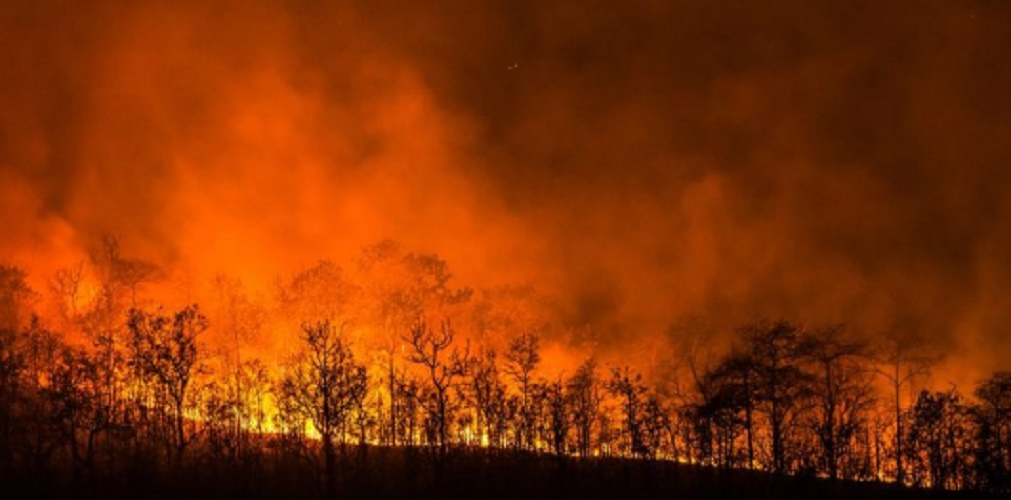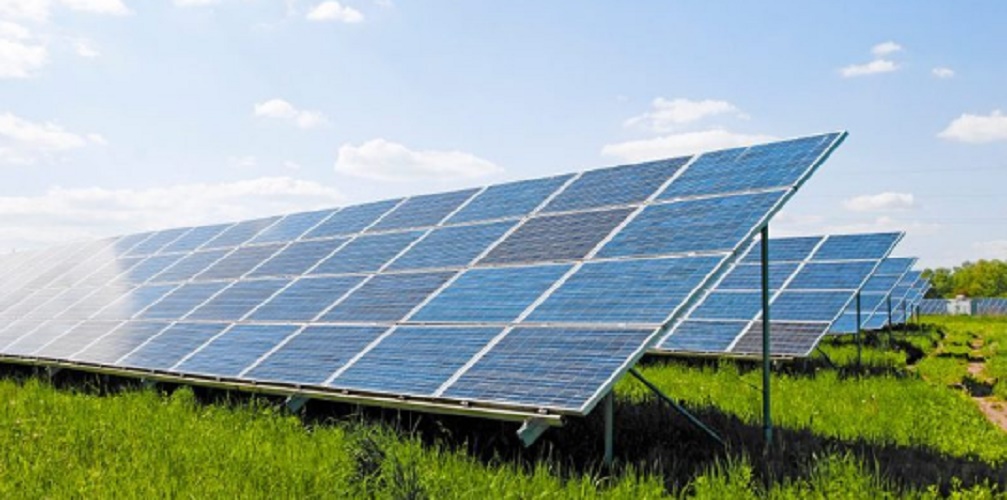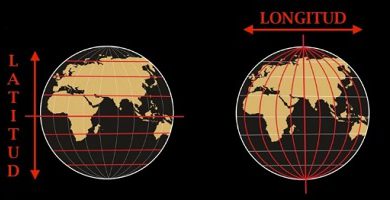What is Air Pollution? Definition, Causes And Effects
We explain what air pollution is and why it occurs. Negative consequences and possible solutions.
What is air pollution?
The air pollution refers to the presence, in the layers of air which make up the earth ‘s atmosphere , substance and forms of energy beyond its natural constitution and can be a source of risk, damage and discomfort to life as the we know
As well as water or land, the air that composes the atmosphere also maintains a chemical and energy balance necessary to sustain the conditions that make life possible , and whose alteration affects other important cycles, such as water. The presence of gaseous or solid substances in the air distorts this balance, and may have local, regional or even global consequences , such as the greenhouse effect .
Since the Industrial Revolution, the human being has contributed to the adulteration of the content of the atmosphere in a significant way, and numerous climate and public health consequences are attributed to it today .
Types of air pollution
The pollution of the atmosphere is mainly due to the presence of two forms of pollutants: gaseous and suspended solids.
- Gaseous . These are simple or complex substances in various concentrations, which are released into the atmosphere as vapors and light gases, such as those released during the combustion of fossil organic matter (gasoline, coal, oil ). These gases remain in the atmosphere and there are unpredictable and uncontrolled chemical reactions, giving rise to toxic mists, acid rains and other phenomena. Some examples of these gases are carbon monoxide, CFC, nitrogen oxides.
- Suspended solids . These are solid materials little affected by gravity , which can remain in the air, deteriorating their quality and can be breathed together with the air. Sometimes they are dark and large enough to see them, in the form of smoke. Examples of this are volcanic ashes and aerosols.
Another form of classification of these polluting substances in the atmosphere would be natural (those from accidents and environmental effects in which man does not intervene, such as volcanoes or meteorites) and artificial (those derived from the direct or indirect action of the human being) .
Causes of air pollution

The causes of air pollution are varied, but mainly they have to do with:
- Volcanic eruptions, which throw ash and underground gases into the air.
- Industrial activity, whose chemical reactions underproduce gases, toxic or not, which, when not in use, are released into the atmosphere.
- The use of fossil fuels , such as gasoline and petroleum products, to obtain electrical energy or vehicular mobilization.
- The use of aerosols with CFCs, banned for decades for their responsibility in the destruction of the ozone layer .
- Forest fires, which throw lots of carbon dioxide and smoke into the air.
Consequences of air pollution
The main consequences of the deterioration of the atmosphere are:
- Breathing problems . At the local level, polluted air can affect the health of people and animals when breathed, as it contains carcinogenic, toxic or poisonous chemicals, whose effect on the body can be lethal and even prolonged.
- Acid showers . Many organic elements react in the atmosphere with water vapor and form variants of acid or corrosive mixtures, which then precipitate to the earth with rain, in what are normally called rains
- Water contamination . Air and water pollution are fed back, since the evaporating water can carry various toxic substances that then remain in the atmosphere.
- Destruction of the ozone layer . Many gases ascend to the upper layers of the atmosphere, where the ozone layer (O 3 ) is located that protects us from the direct impact of the sun’s rays. There, they react with this element and pierce this protective barrier.
- Greenhouse effect . The accumulation of heavy gases in the atmosphere serves as an artificial barrier that does not allow ambient heat to escape, concentrating it and causing the world’s temperature to rise.
Solutions for air pollution

Clean technologies are a possible solution to air pollution.
The atmosphere can deal with a certain amount of pollutants, but not at the rate at which we dirty it year after year. The best solutions, then, to help her recover, point to the reduction of human impact on the air, through:
- Filters for chimneys and responsible industrial activity.
- Use alternative energy to fossil fuels.
- Reduce or eliminate the use of aerosols with CFC.
- Control burning and anticipate forest or industrial fires.
- Promote wastewater recycling.
- Investigate technologies “clean” or greener.
Atmosphere composition
Broadly speaking, the atmosphere is a homogeneous layer of gases that Earth’s gravity maintains around the planet , serving as a defense against the elements of space (meteors, radiations, cosmic rays, etc.) and as a support for its own (conserves heat , allows the water cycle, provides gaseous elements, etc.).
The atmosphere is composed of various layers of air in which some elements predominate over others, as it moves away from the earth’s surface and loses pressure and temperature. These constituent elements are mainly nitrogen, oxygen, argon, carbon dioxide and water vapor (hydrogen and oxygen).
How to avoid air pollution?
Some simple measures to reduce environmental pollution would be:
- Use filters in chimneys and conduct a responsible industrial activity.
- Promote alternative energies to the burning of fossil fuels.
- Eliminate the use of products with CFC.
- Using gasoline without lead without polluting additives.





